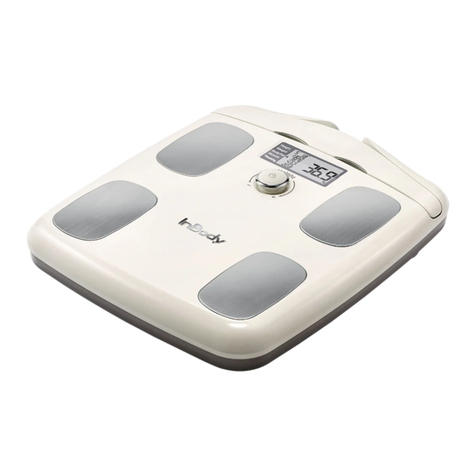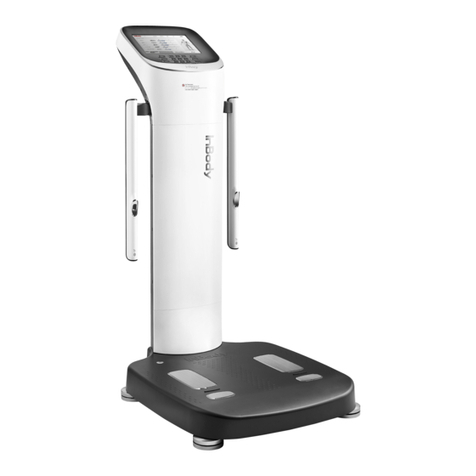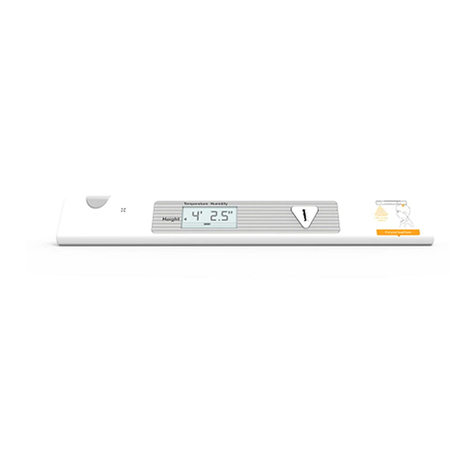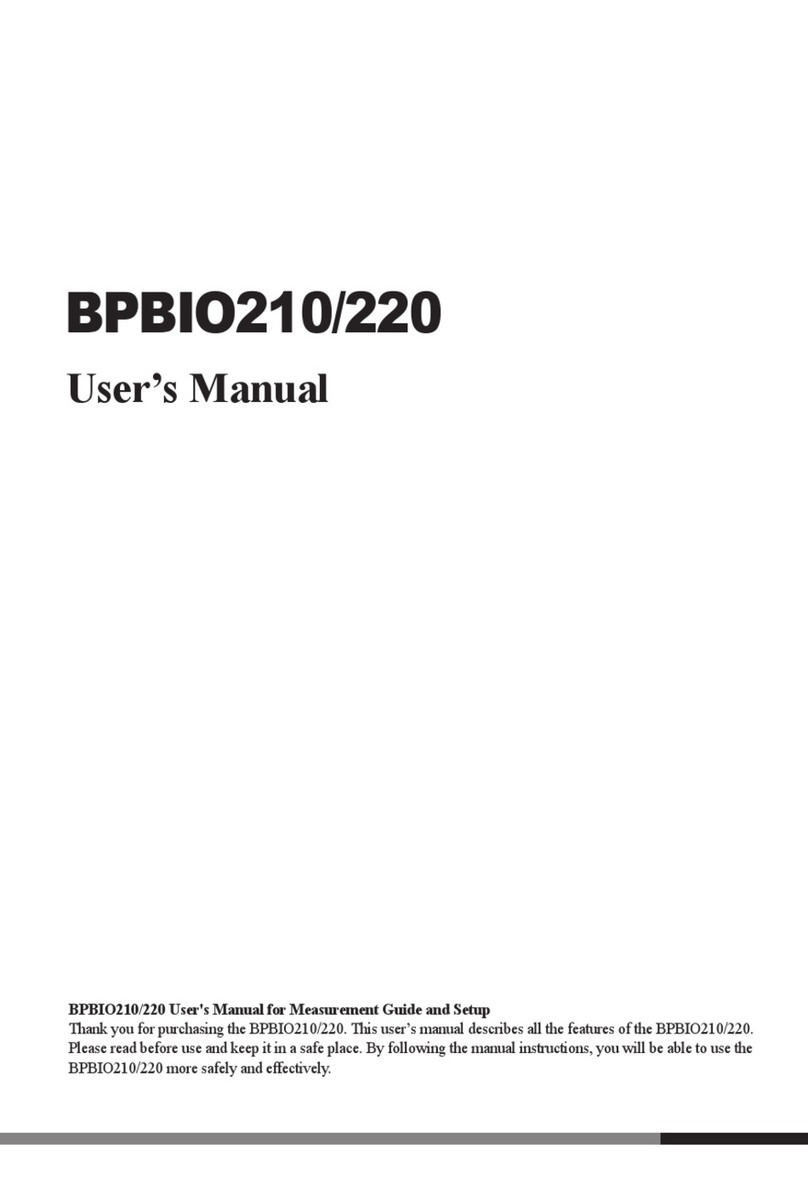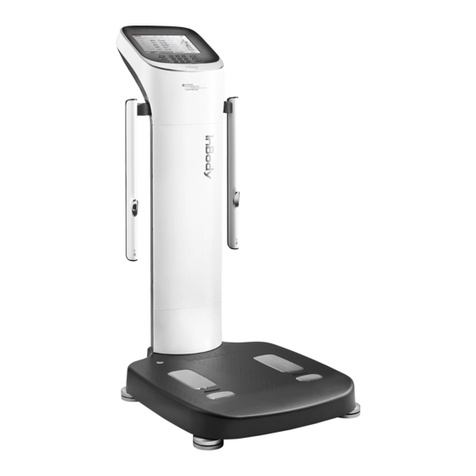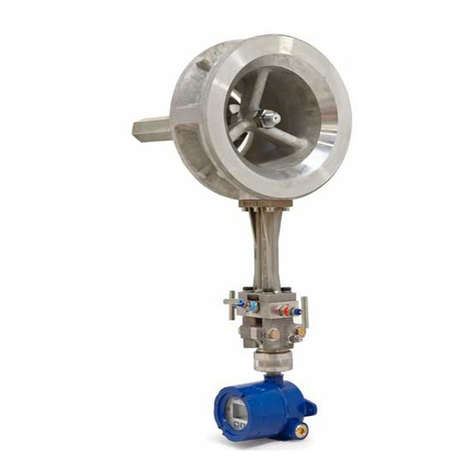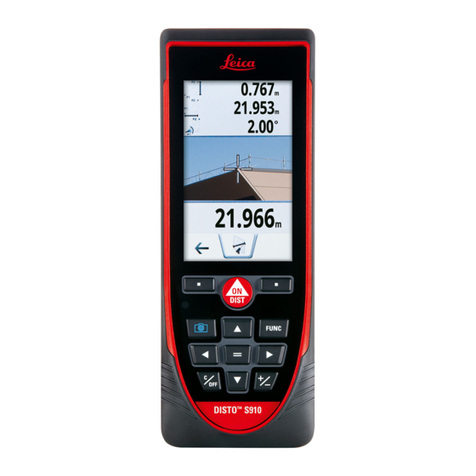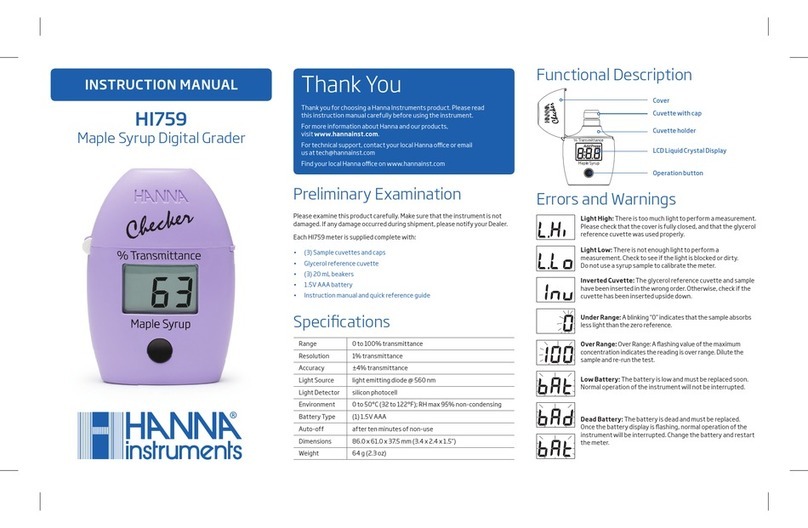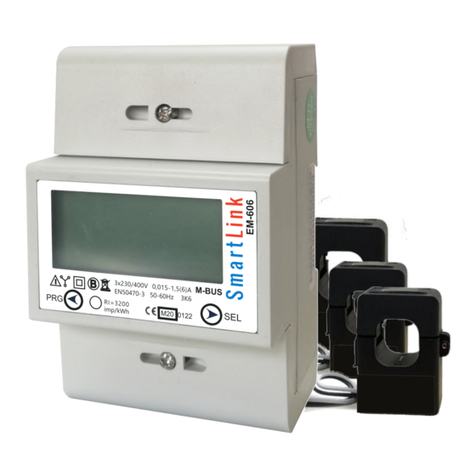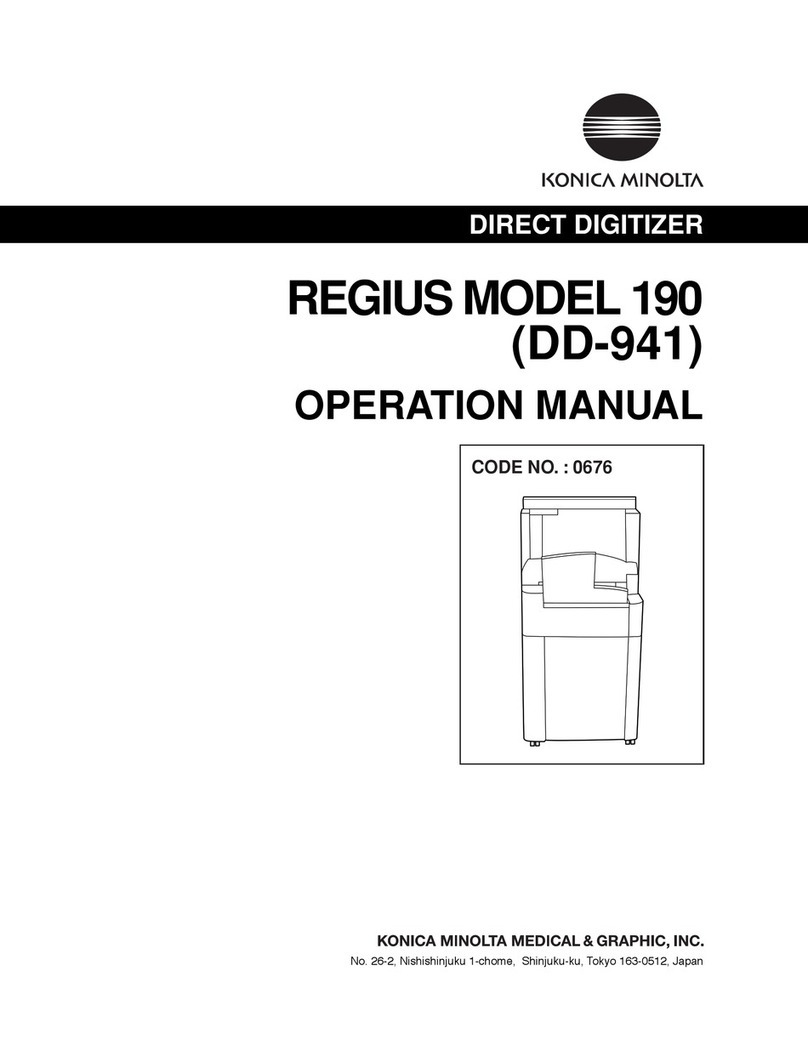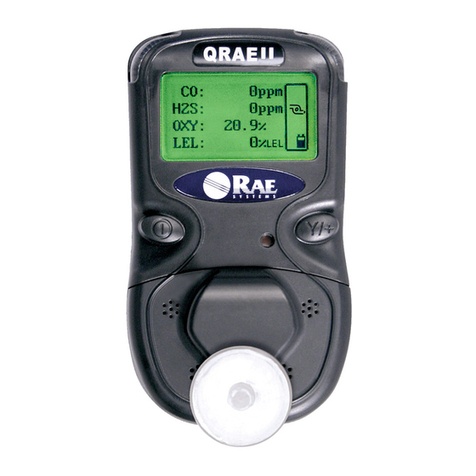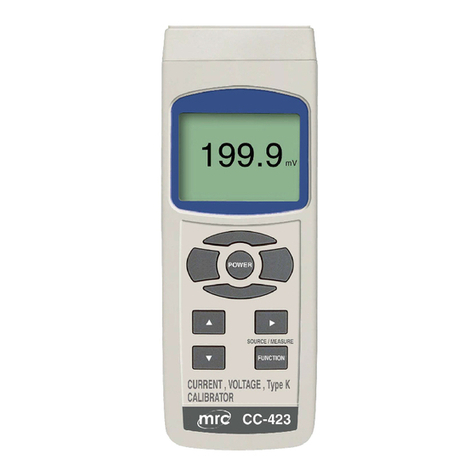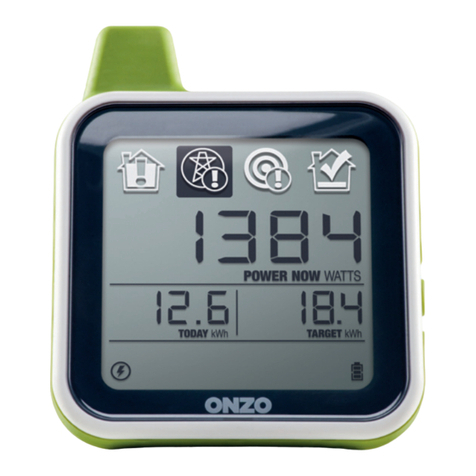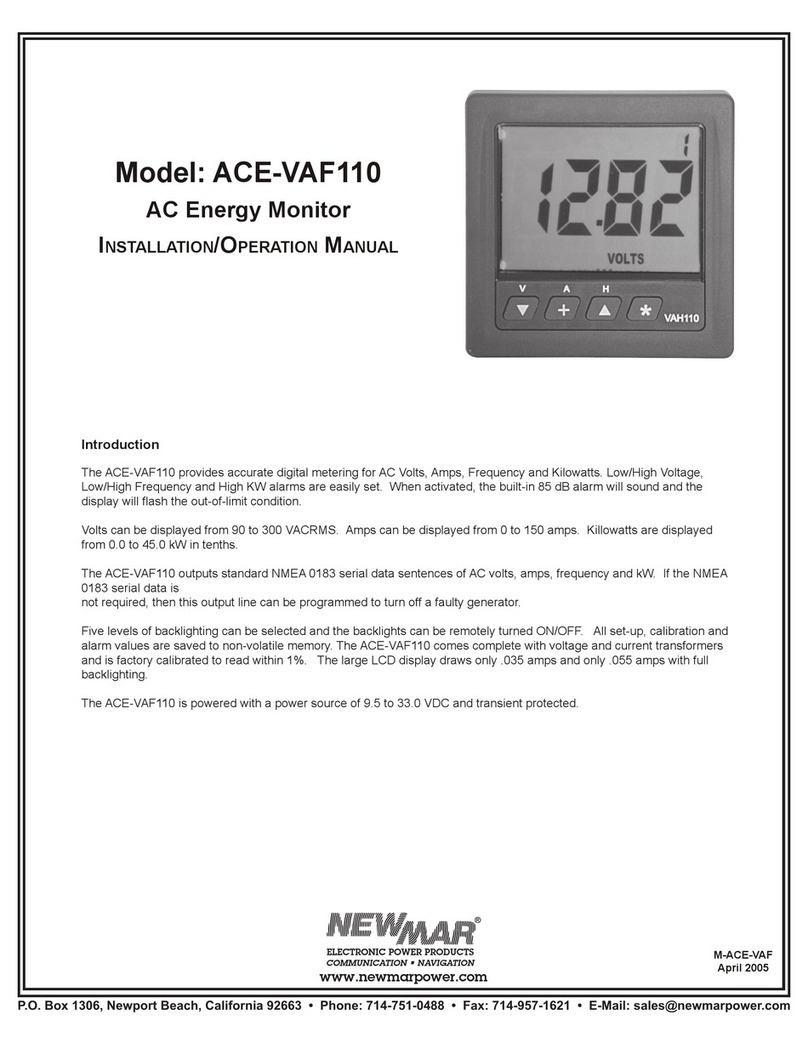inbody H30NWi User manual

User Manual

InBody Test Posture
Stretch your arms and keep them from
touching your waist,
Place your thumb on the square electrode
and lift the handle to the same height as
shown in the picture.
Align the heel to the end of the developmental play.

Contents
1. Precautions for use
2. Product Configuration
3. Preparing for Use
A. Precautions for Examination
B. Install InBody App
C. Inspection posture
4. In-body inspection method
A. User-aware scanning
B. Getting Started with Weighing
C. Start Exam with Kidney Input
D. Start a scan with the InBody app
5. Understanding the resulting items
A. Configuring the Results Screen
B. Understanding the resulting items
C. Weight, Muscle Mass Standard Range Graph
6. Diagnosing and resolving problems
A. Check Error Messages
B. Simple troubleshooting
C. Frequently Asked Questions
7. Product specifications
Product Warranty

1. Precautions for use
Don't use it like this.
1. Do not use implantable medical devices such as artificial heartbeats (Pacemakers) or life-
support medical devices such as patient monitoring devices. During InBody examination, the
instrument (heart pacemaker) may malfunction due to the flowing micro current, which may
interfere with your life. INBODY Co., Ltd. shall not be liable for any damage to any human or
device caused by failure to comply with the above precautions for use.
2. The H30NWi is a sensitive device that accurately measures body composition. Therefore,
when inspecting InBody near nearby electronics such as refrigerators, fluorescent lamps, TVs,
etc., the measurement value may be error due to the influence of electromagnetic noise, so
keep your distance from the electronics and inspect InBody.
3. If you have any contaminated or infectious diseases, do not contact or use this product. After
use, the instrument must be cleaned with a soft cloth and sterilizing agents such as ethyl alcohol.
Do not pour liquid into the product when using sterilizers. Electrical shock may occur due to
product failure and short circuit.
4. Avoid using it in humid spaces such as baths because excessive high or low temperatures,
humidity, and pressure may affect the operation of the product.
5. Be careful not to allow liquids such as food waste or beverages to enter the product. It can
affect the electrical device inside, causing problems.
6. Do not arbitrarily disassemble the product. This can cause electrical shock or injury, product
failure, and error in measurements. InBody Co., Ltd. is not responsible for product damage and
related damage caused by the user's random opening.
7. Do not use this product for any purpose other than body composition analysis or weighing.
Use it like this..
1. If you are unable to maintain the measurement posture alone, please measure it with the
help of your guardian. For children, the measurement posture should be maintained accurately.
2. H30NWi should be used on a flat, vibration-free floor. Measurements may not be accurate
if used in uneven flooring, such as carpets or mats. Also, when storing for a long time, remove
the battery, pack it, and store it on a flat surface.
3. Use within the operating environment specified in the product specification.
4. When moving the product, be sure to use the packaging material provided when purchasing
it and be careful not to cause severe shock. Please dispose of other wastes in accordance with
the relevant laws.
5. Repair and inspection can only be made by Inbody's warranty staff. Please call 1899-5841
for repair and inspection.

2. Product Configuration
Appearance and functionality
The product configuration of H30NWi is as follows. Please check if there are all components.
* Please check if there is no problem with each component before installation. If there is any
problem, please contact InBody Customer Service.
Product configurations: H30NWi, User's Manual, 4 AA batteries
➊Display screen: Displays the measurement status, results, etc. as a screen.
➋Dial button: Used to check power ON/OFF, height input, and result items.
➌Hand electrode : The part where the subject wraps his finger and makes electric contact
with it is measured.
➍Foot electrode : The part where the subject steps on the foot and makes electrical contact.
➎Foot Case : The scaffold is connected to the weight scale of the subject.
➏Battery case: The battery insertion that supplies power. The battery can be inserted by
opening the cover.
➐Bottom Case : It opens when inspecting internal circuits, etc. and can only be opened by our
A/S staff.
2. Product Configuration
Precautions for Using Handle
Display
screen
Dial
button
Foot
electrod
e
Hand electrode
Foot Case
Battery case
Bottom Case

Be careful not to pull the cable too much.
Pulling the handle too hard can cause the cable to stretch, leading to product failure. The
extended cable will be restored over time, but please use it in the correct way.
Please keep it like this.
➊Slowly insert the cable from the left side of the locker.
➋Put the handle on the organized cable.
* Release the handle while standing may lead to product failure.

3. Preparing for Exam
A. Precautions for Examination
Please follow the precautions below to obtain accurate measurements by removing the factors
that affect the measurement.
➊Measure on an empty stomach before meals.
Food in the stomach affects your weight and is considered a body component, which can
cause measurement errors.
➋Measure it in the morning if possible.
The longer you stand, the more body moisture tends to flock to your lower body, and this
phenomenon is noticeable as you go into the afternoon.
➌Measure it after you go to the bathroom.
Urine and feces affect weight, but they are not body components and can cause
measurement errors.
➍Measure before exercising.
This is because even light exercise temporarily changes the body's composition.
➎Measure before taking a shower or sauna, lower-body bath, sedentary bath or bath.
This is because body water changes temporarily due to increased blood flow speed and sweat
emission.
➏Stand for about 5 minutes before measuring. If you lie down or sit down for a long time and
then stand up and measure, the moisture moves to the lower body and you measure a little
bit. It can have an impact.
B. Installing the InBody
The InBody app allows you to record and manage InBody test results.
(iOS 8 and later, Android 5.0 and later, available)
➊The InBody app can be downloaded from the iPhone App Store and Google Play Store.
➋Please download the app and register the user.
➌Please connect the product from the App > More > device after registering the user.
➍Please set the nickname to use in the product. Nicknames can be edited/added/deleted later.
*For Wifi-enabled models, please set Wifi according to the app description.
Please keep Bluetooth on your phone for smooth use.
!
Reference

C. Test Posture
Lift up the electrodes and stretch
your arms.
When measuring, try not to attach your arms to your stomach or lift them too high.
The armpit should not touch the body. If your armpits touch your body, please wear
light clothes with sleeves.
Position where
arms and legs don't
stick together
Position with
one's arms
Position with one's
arms down too much
Straight-arm
posture
Bent arm position
Put your thumb on the square electrode and hold the hand electrode. Make sure your left and right hands don't stick
together.
Left and right hands are not
attached.
Left hand and right hand
attached position.
Finger position away from
electrode
Position that does
not stick to thighs
Thigh attached position
Barefoot position
Raised position with socks on
Don't let your thighs stick together. If your thighs are tight,
please wear shorts or long pants.
Step barefoot to match heel to electrode. Be careful not to
let both feet touch each other, and if you wear long pants,
make sure that the hem does not get caught between the
development pole and the foot.

4. InBody Inspection
A. User-aware scanning
Recognizing users and in-body scanning automatically logs data to the product to synchronize
cumulative data at once. Nicknames must be registered to take advantage of user recognition.
*Your nickname can be registered in the app.
➊Measurement position: Get on the tread plate barefoot, grab the handle, and pose as shown
on the right.
Get on the product with your hand electrodes. When the weighing is complete, user
recognition proceeds.
➋Nickname verification: Please check the recognized nickname.
Nicknames for the data most similar to you are exposed. When the dial
button is pressed or positioned, the exam will automatically begin after
8 seconds. You can select a different nickname by turning the dial button
from side to side.
* The graph below shows the time remaining before moving on to the exam.
* If the height has changed, it can be modified in the app.
* If Guest mode is selected, press the dial button to enter the height directly to proceed with
the exam.
* User recognition is possible only after synchronization with the app after battery replacement.

4. InBody Inspection
➌Inspection progress: InBody inspection will be conducted for about 10 seconds.
When the measurement is complete, the screen displays 100%. If 100% is indicated, step
down from the scaffold.
➍Check Results: Turn the dial button to skip the measurement result item.
The result item goes to the next item every 4 seconds and repeats twice. You can manually
rotate the result item by turning the dial button.
* Turn the dial button twice and turn off automatically if there is no operation for 1 minute.
* Press and hold the dial button to turn off the power immediately.
* If you have Wifi enabled only for Wifi enabled models, measurement data is automatically
synchronized to the app.
If your palms and soles are very dry or have a lot of dead skin cells on your
feet, you may not be able to measure them.
In this case, wipe your hands and feet with a wet tissue and measure them well.
!
Warning

4. InBody Inspection
B. Getting Started with Weighing
➊Weighing: Press the tread plate and when the screen shows 0.0, step on it barefoot.
After weighing, press the dial button or enter the height after 4 seconds.
Let's move on.
➋Enter Height: Turn the dial button left and right to enter your height.
When entering the height, the height used in the previous measurement is displayed. Turn
the dial button to enter your height and press the dial button or the examination starts after
4 seconds.
➌Measurement position: Lift hand electrode, thumb against electrode, and straighten arms.
WARNING: Very dry palms and soles of the feet or heavy dead skin cells on the feet may
prevent measurement. In this case, wipe your hands and feet with a wet tissue and measure
them well.
➍Check Results: Turn the dial button to skip the measurement result item.
The result item goes to the next item every 4 seconds and repeats twice. You can manually
rotate the result item by turning the dial button.
* Turn the dial button twice and automatically turn off the screen if there is no operation for 1
minute.
* Press and hold the dial button to turn off the power immediately.

4. InBody Inspection
C. Start Exam with Enter Input
➊Enter height: Press the dial button to turn on the screen, turn the dial button left and right
to enter the height.
When entering the height, the height used in the previous measurement is displayed. Turn
the dial button to enter your height and press the dial button or go to the weighing screen
after 4 seconds.
CAUTION: When pressing or turning the dial button, if the footrest is pressed, the weight will
be recognized as weight and the weighing screen will appear. Be careful not to press the
tread plate when operating the dial button.
➋Weighing: Step on the tread plate barefoot.
When the weighing is complete, the test begins after the confirmed weight is blinking.
➌Measurement position: Lift hand electrode, thumb against electrode, and straighten arms.
WARNING: Very dry palms and soles of the feet or heavy dead skin cells on the feet may
prevent measurement. In this case, wipe your hands and feet with a wet tissue and measure
them well.
➍Check Results: Turn the dial button to skip the measurement result item.
The result item goes to the next item every 4 seconds and repeats twice. You can manually
rotate the result item by turning the dial button.
* Turn the dial button twice and automatically turn off the screen if there is no operation for 1
minute.
* Press and hold the dial button to turn off the power immediately.

4. InBody inspection method
D. Start a scan with the InBody app
➊Launch App: Please select a product from the app and start the inspection.
Select a nickname, check your personal information, and start the scan.
*Bluetooth must be turned on to run the exam with the app.
➋Weighing: Step on the tread plate barefoot.
When the weighing is complete, the test begins after the confirmed weight is blinking.
➌Measurement position: Lift hand electrode, thumb against electrode, and straighten arms.
WARNING: Very dry palms and soles of the feet or heavy dead skin cells on the feet may
prevent measurement. In this case, wipe your hands and feet with a wet tissue and measure
them well.
➍Check Results: Turn the dial button to skip the measurement result item.
The result item goes to the next item every 4 seconds and repeats twice. You can manually
rotate the result item by turning the dial button.
* Turn the dial button twice and automatically turn off the screen if there is no operation for 1
minute.
* Press and hold the dial button to turn off the power immediately.

5. Understanding the resulting items
A. Configuring the Results Screen
➊Result Item Type
➋The value of variation compared to the last measurement (increase : ▲/ fall : ▼/ - : no
change)
➌Measurements
➊Result Item Type
➋Today's measurements
➌Standard Range Assessment
*The product only provides standard ranges of weight, skeletal muscle mass, and body fat rate.
More detailed results can be found in the app.
5. Understanding the resulting items
Result item
Variation Value
Measurements
Result
item
Measurements
Standard Range Graphs

B. Understanding the resulting items
Body fat and muscles change when you exercise or control your diet for weight management.
Therefore, when a weight control program is implemented, InBody tests can continuously
monitor body fat and muscle changes and ensure that body components are changing correctly.
ㆍWeight : The weight of the whole body, that is, the sum of the body's components.
ㆍBody fat rate: The ratio of body fat to body weight may differ even if the weight is the same.
Therefore, the body fat rate calculated by body composition analysis is an essential factor in
determining obesity. The standard range is 10 to 20 percent for men and 18 to 28 percent for
women. Children under the age of 18 have different standard body fat rates depending on
gender and height.
Ref.
1.Robert D.Lee, David C. Nieman, Nutritional Assessment(second edition),p.264, 1990.
2.George A. Bray, MD. Contemporary Diagnosis and Management of Obesity. P.13, 1998.
3.L.Kathleen Mahan, Sylvia Escott-Stump. Krause’s FOOD,NUTRITION, & DIET
THERAPY.10th edition. P.488, 1991. 4.Judith E. Brown, Nutrition Now, p9-3~9-5, Wadsworth
Publishing Company,1999. 5.Semuel J. Fomon, et al.(1982): Body Composition of reference
children form birth to age 10 years. The American Jounal of Clinical Nutrition: 35, 1169-1175
ㆍMuscle volume : Skeletal muscle mass attached to the bone is usually divided into cardiac
muscle, smooth muscle, and skeletal muscle, and the muscle mass shown in InBody Dial is
Skeleton Muscle Mass. Skeletal muscle mass is one of the muscles in the body that can be
changed through exercise, and the muscle mass of the arms and legs is mainly skeletal muscle.
Muscles are smaller in volume compared to the same amount of body fat, so even if they have
the same weight, their body shape depends on whether they occupy a high proportion or body
fat. That's why even if you weigh the same weight, you look stronger and slimmer if you have
a lot of muscles. The secret to a healthy and slim body is muscle mass.
ㆍVisceral fat : Fat accumulated between the intestines of the abdomen is divided into visceral
fat, subcutaneous fat, and muscle fat depending on the location of the distribution, representing
the visceral fat of the abdomen at levels 1 to 20. If your visceral fat level is 10 or higher, you
need to take care of it because it is visceral fat type abdominal obesity.
ㆍBody water volume : Most of the moisture in our body is contained in fat-free tissues, so
there is a large difference in body water from person to person. In other words, the amount of
moisture present in the body varies depending on age, composition of tissue, and gender, but
the younger the age, the higher the moisture content in the body and decreases with age, and
the gender is more men than women. In addition, moisture is contained in all tissues of the
body, but there is a difference in moisture content in each cell and tissue. Blood has about 90
percent moisture, bones about 10 percent, teeth about 5 percent, and adipose tissue between
25 and 35 percent. Compared to that, muscle tissue is 72% water. Therefore, as the fat tissue
increases in the body, the moisture content in the body decreases proportionally. Athletes with
little fat tissue contain about 70% of their body weight, while obese people with a lot of body
fat contain about 50% of their body weight.

5. Understanding the resulting items
C. Weight, Muscle Mass Standard Range Graph

6. Diagnosing and resolving problems
A. Check Error Messages
InBody displays an error message on the LCD screen if an abnormality occurs during use so
that the user can take the necessary action. The following are typical error messages and
actions.
➊Hand and foot fell off the electrode during measurement
Message displayed when inspection conditions are not met. Do not wear socks or stockings,
check the contact status between the hand electrode and the electric pole, and measure again.
*The palms and soles of the feet may not be measured if they are very dry or have a lot of
dead skin cells. In this case, wipe your hands and feet with a wet tissue and measure them well.
➋In Error message due to internal failure of InBody Dial
If you receive an error message below, please contact 1899-5841.

6. Diagnosing and resolving problems
➌Low Battery
This message is displayed when the battery is running low or when the battery is running
low. If the message on the right is displayed, please replace the battery.
➍The Wifi connection is temporarily lost.
Message displayed when the Wifi signal is temporarily lost. Please check the Wifi connection.
Even if an error is displayed, the measurement data is recorded in the product, so pressing
the sync button in the app completes synchronization.

6. Diagnosing and resolving problems
B. Simple troubleshooting
Here are some of the problems you might encounter while using your product: If you can't
solve the problem after checking the contents below, please contact the customer service
center.
Question 1. The in-body test is not available and the phrase 'Please check your
thumb and heel' appears.
Answer 1. Wipe your hands and feet lightly with a wet tissue and examine them. If your palms
and soles are dry or your feet have a lot of dead skin cells, the examination may not be
smooth.
Answer 2. Take care of your posture and examine it again. Postures where armpits are attached
or both hands and arms touch other parts of the body affect the examination. Please take
a proper posture and hold the handle at the level of the power supply.
Answer 3. Change the test location. Electromagnetic interference can occur in places where
electronic and Bluetooth equipment are concentrated or where fluorescent lights are
located right above.
Question 2. The power doesn't turn on even if you press the dial button.
Answer 1. Please check the electrode direction of the battery. Battery has incorrect electrode
orientation to prevent power from turning on
Answer 2. Please change the battery. The product may be discharged.
Question 2. Weighing is not available and the loading bar continues to rotate.
Answer 1. Replace the battery. The measurement may not be smooth due to low battery.
Answer 2. Please check if there is nothing pressed on top or bottom of the product.
Measurement may operate abnormally if the product is pressed or the supporter on the
back (floor) of the product is pressed by foreign substances.
Question 3. Weight is strange.
Answer 1. Press the edge of the product to see if the product is level. Weighing on carpets or
mats can cause weight problems. Please measure the product on a hard and horizontal floor.
Answer 2. Check the four supporters on the back (floor) of the product for foreign substances
or breakage. Dirt or broken between supporters affects weight values.
Answer 3. Please check if there is nothing pressed on top or bottom of the product.
Measurement may operate abnormally if the product is pressed or the supporter on the
back (floor) of the product is pressed by foreign substances.

6. Diagnosing and resolving problems
C. Frequently Asked Questions
I've collected the questions you frequently ask.
If you have any questions after checking the contents below, please contact our customer
service center..
Question 1. The results of the in-body test are weird. There is a slight
difference when measuring.
Answer. Differences occur if the hands and feet fall off the electrode or if the posture is not
correct during measurement. in a precise positionMeasurement must be undertaken, and
the correct posture must be maintained until the measurement is complete. If you have dry
hands and feet, wipe your hands and feet with a wet tissue and measure them. Also, the
body composition changes little by little during the day, so it is recommended to measure
it at the same time and in the same exact measurement position as possible.
Ex) After going to the bathroom before breakfast, wear light clothes and straighten your arms
and legs.
Q2. How accurate is H30NWi?
Answer: InBody Dial's weight error range is ±100g under 100kg and ±200g under 150kg.
. InBody Dial's body component accuracy is described by its correlation with DEXA* and
standard error. Correlation refers to the correlation between the dexas of the same person
and the InBody test results. A correlation of 1 means the same as a dexa; InBody Dial has
a correlation of 0.93. Next, the standard error refers to the error between InBody Dial and
the dexa measurement data. Based on body fat rate, the margin of error is 3.3%.
* Dual Energy X-ray Absorptiometry (DEXA): Standard equipment for high accuracy body
composition analysis
Question 3. What is the normal range of visceral fat levels?
Answer. The visceral fat level is Inbody's unique way of expressing the visceral fat cross
section from 1 to 20.
For adults, the lower the visceral fat level, the better if the visceral fat level is less than 10.
Question 4. What is the standard range of body fat rates?
Answer
6. Diagnosing and resolving problems
Table of contents
Other inbody Measuring Instrument manuals
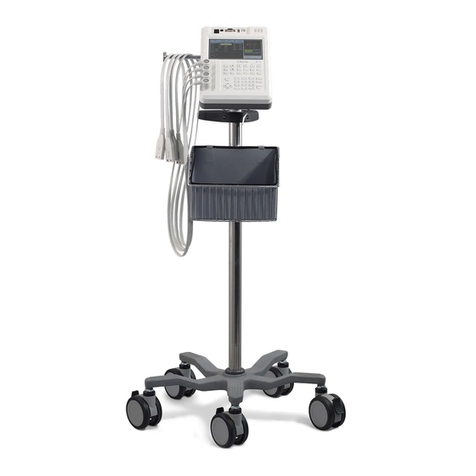
inbody
inbody S10 User manual

inbody
inbody J30 User manual

inbody
inbody 370 Manual
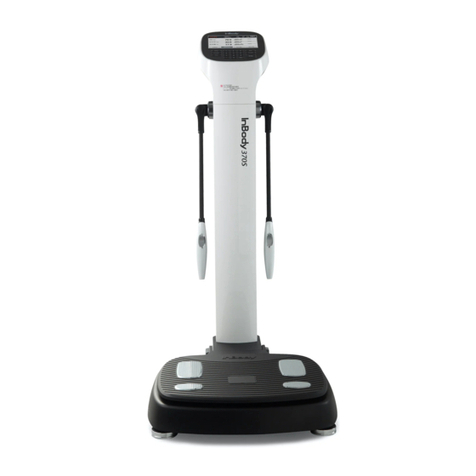
inbody
inbody InBody370S User manual

inbody
inbody S10 User manual

inbody
inbody BSM 370 User manual

inbody
inbody BPBIO320 User manual
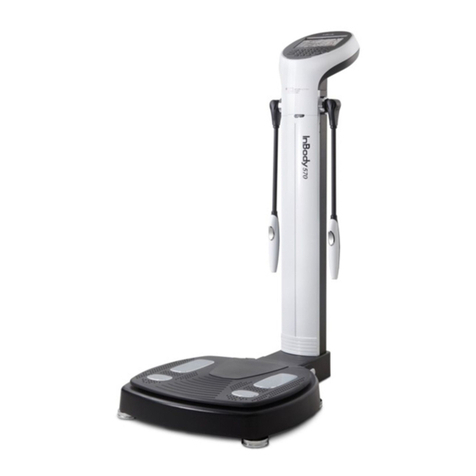
inbody
inbody InBody570 User manual

inbody
inbody BSM170 User manual

inbody
inbody BSM 370 User manual

